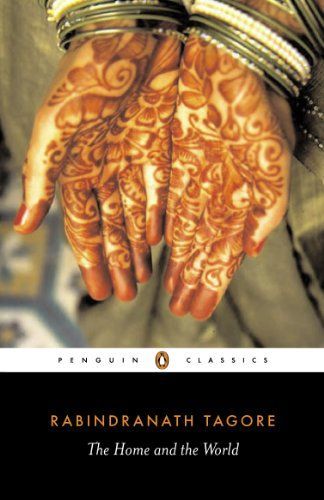
The Home and the World
When Bimala's husband, Nikhil - a wealthy yet enlightened and charitable landowner of a Bengali estate - encourages her to emerge from the traditional female seclusion of purdah, he introduces her to his old friend Sandip. Ruthless and charismatic, Sandip is a radical leader in the nationalist Swadeshi movement, and Bimala is soon caught up by his revolutionary fervour and experiences a profound political awakening. Torn between her duties as a wife and her passion for her cause, her attempts to resolve the conflict between home and the world lead to violence and, ultimately, tragedy. Vividly depicting the clash between old and new, realism and idealism, The Home and the World (1916) is a haunting allegory of India's political turmoil in the early twentieth century.
Reviews
Anushka Saha@aksli19
Ankush Swarnakar@ankushswar1
Neeti Choudhari@readabookhoe
Caroline@cbb2
mic shulman@micshul
Joshua Line@fictionjunky
Candice@b0ouh
Freeda Lobo@freedalobo
Sol (they/them)@moldreads
Guin Hartinger@commanderhazim